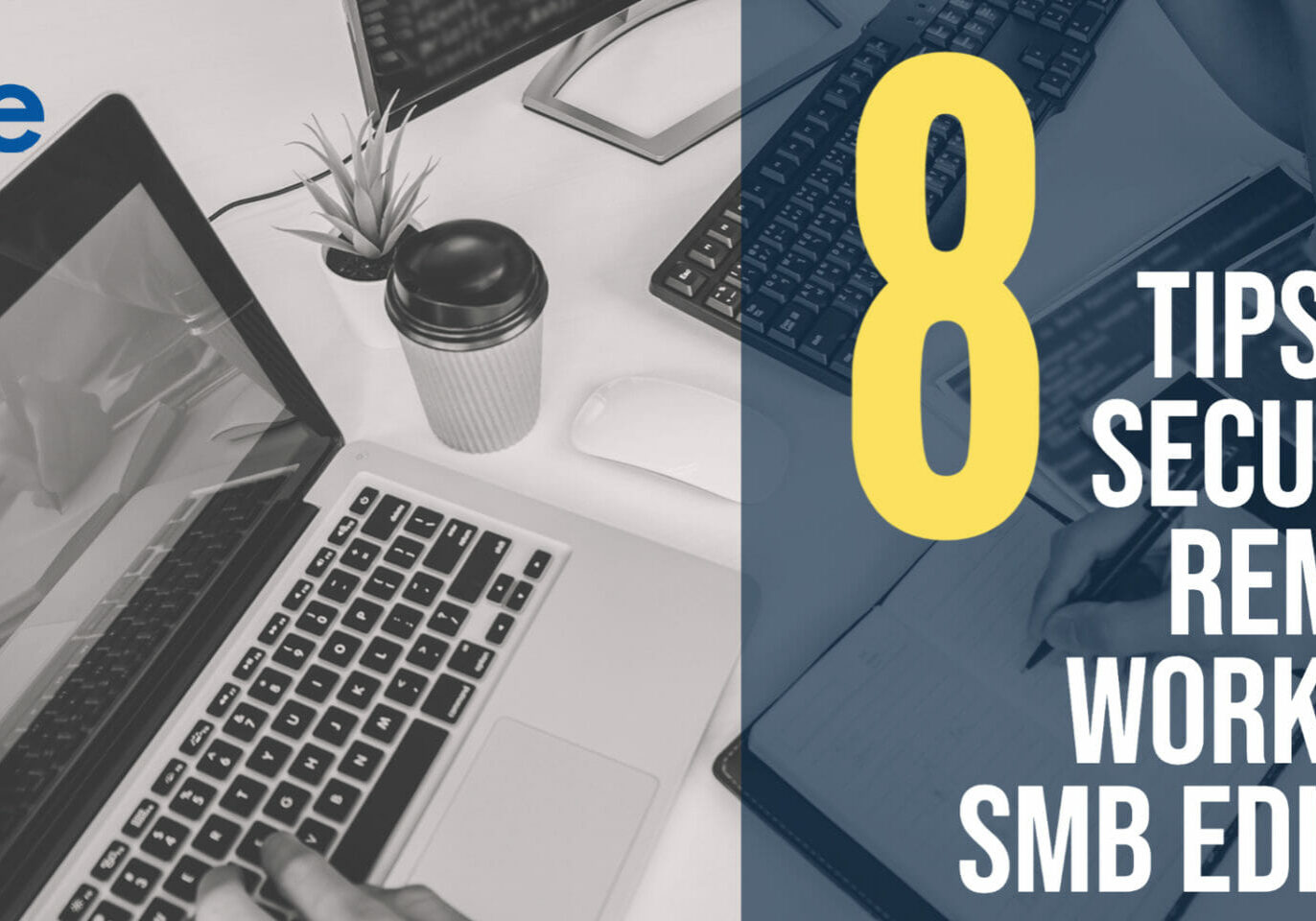8 Tips for Securing Remote Workers: SMB Edition
March 18, 2020
SMB is often synonymous with agile, multi-discipline workforce. To get the job done, employees find themselves in different locations; in the office, with customers, at home and everywhere in-between. No matter the size of the organization, workers need secure access to critical company information.
The challenge facing many SMB organizations is “How do we secure a mobile workforce while still enabling productivity, effectively use resources all at an affordable cost?”.
Let’s break down 8 key areas to securing remote workers both when connected to outside networks and once they return to the organization’s network. Brite has implemented these critical points as part of our best practices with the Brite’s managed IT service, BriteStar.
Securing remote workers in 8 steps
1. Business Continuity with Office 365
Uniform access to email, applications and files is critical, no matter if you are in the office, at home or anywhere else in the world. Office 365’s cloud-based platform makes all basic business tools from files, applications and emails to collaboration platforms, available across devices. With the license option to load on multiple devices, an employee will have continuity between phone, laptop or tablet for all O365 functions.
2. Email Protection
Hackers target people, organizations and in many cases any willing happy clicker. Protect your employees from the masses of spam, phishing, malware, imposter emails and so much more with an aggressive email protection strategy, beyond just the email security built into 0365. Make sure that our organizations main communication tool is not an easy entry point for malicious behavior, it only takes one click.
3. Improved Authentication
Physical security is all but lost with remote workers, accentuating the need to verify the user. Multifactor authentication (MFA) provides both the verification of the user and defenses against credential theft. Single sign-on (SSO) gives users enhanced security and convenience in managing their passwords, improving the overall user experience. Office 365 has native MFA and SSO capabilities to ensure those accessing the suite of tools are who they say they are.
4. Endpoint Protection
Off-network endpoints present a significant challenge for organizations. More risk vectors are presented when an unsecured device accessing company data is removed from the walls of a network. With a proactive endpoint protection strategy including active patching, detection and response, organizations can mitigate the risk of vulnerable endpoints.
5. Secure Off-Site Backup
It isn’t a matter of if, it’s a matter of when. Critical data can be lost or compromised during a major or minor incident. A strong back-up strategy with BriteVault limits an organization’s exposure through frequent network and individual machine snapshots. These snapshots are saved locally and subsequently into the cloud, giving an SMB an enterprise disaster recovery/business continuity architecture. Regain control of digital assets by restoring what’s needed from the recently captured instance. Additionally, be able to easily restore single files that are compromised or lost. Be assured you always have access to what you need, when you need it.
6. 24/7 Monitoring and Alerting
You can have all the tools in place, but if no one is there to monitor them to see and hear alerts, they serve no purpose. A key component to a successful security strategy is 24/7 monitoring and alerting. A quick response during a security incident will minimize the impact. Most SMB clients do not have the dedicated resources to properly monitor their security tools. That’s where managed IT services like BriteStar come into play. We have you covered with a team of engineers and analysts protecting your environment around the clock.
See how the 24/7 monitoring and alerting saved a BriteStar customer during a ransomware attack.
7. 24/7 Help Desk Support
Even with the most effective, proactive IT support, there will be a need to react to incidents. That’s why it’s critical to also have a team of experts ready 24/7 and experienced with the security toolset. The beauty of our current digital age is the ability to remotely access and resolve issues for users and quickly get them back to their jobs. Long gone are the days of physically handing your device over to a technician and waiting idle for it to be returned. IT challenges are a blip on the screen instead of a catastrophic event.
8. End User Awareness Training
The weakest link in many organizations’ cybersecurity is their end-users. Unknowingly, they fall victim to advanced social engineering through email phishing, spoofing and the like. The easiest way to protect your organization is to educate your employees. Utilize an end-user security awareness tool to perform simulated attacks, analyze how your employees reacted and provide education in the most critical areas.
Securing remote workers is not something only on the mind of enterprises, but all organizations. It’s a reality today and tomorrow. Reach out to us to revisit your strategy on supporting remote workers today!

